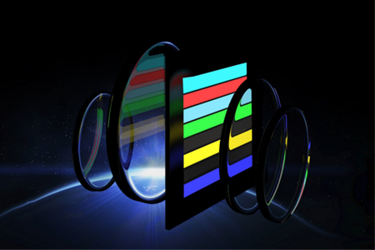How To Choose A Raman Filter For Drug ID And Characterization
By Hongbai Lao, Iridian Spectral

The Raman technique is fast, quantitative, non-invasive/non-destructive, and is unaffected by water. Limited or no sample preparation is necessary, and numerous portable/flexible configurations can be achieved using various instrumentation and optical filters.
Raman spectroscopy utilizes a high-intensity laser source to illuminate a sample and then analyzes the inelastically scattered Stokes and/or Anti-Stokes light emitted. The same spectral information can be obtained using a range of laser excitation wavelengths, but the emitted light is very close in wavelength to the excitation light. Therefore, steep filters are required to attenuate the laser signal from reaching the detector while transmitting the weak emitted light signal.
The filter requirement is based on the drug components a user seeks to identify/characterize. The user must understand the Raman shift spectral range of the specific drug particles or contaminants they are trying to detect and then look for suitable filters operating within that range.
Get unlimited access to:
Enter your credentials below to log in. Not yet a member of Photonics Online? Subscribe today.
